In the 11 years after opening its doors in North Hall, the Bruce Dice Mineralogical Museum has attracted over 25,000 visitors to its constantly cycling mineral displays. Under the direction of Museum director Kent Ratajeski, the Dice Museum seeks to expand its advertising and draw in more visitors with upcoming displays.
Bruce Dice, 1948 Calvin alumnus and geologist from Houston, Texas, spent his last four decades traveling worldwide and adding to his extensive mineral collection. Eventually, Dice wanted to find a place to share all the history he had collected. In March 2012, construction broke ground in North Hall on Calvin’s campus, as Dice had decided to make Calvin his mineral collection’s home.
Since 2012, the Dice Museum has hosted a variety of displays of minerals, meteorites and fossils. The collaboration between Museum directors and Calvin student workers has led to memorable displays and long-lasting projects, such as the Mineral of the Week. As displays within the Museum and marketing tactics change with new leadership, Dice’s hope to illustrate the beautiful diversity in God’s creations continues to be the Museum’s main focus.
A brief history
With the help of countless workers and Calvin community members, Dice worked with Gerry Van Kooten, the first Dice Museum director and professor emeritus of geology, to create a museum with over “300 mineral, meteorite and fossil specimens,” according to the Dice Museum’s website. The Museum currently boasts over 400 geological specimens.
While not closely involved with the Dice Museums during its beginning, Deanna van Dijk –– geology professor and former interim Dice Museum director –– recalled how Dice worked with Calvin staff and faculty on creating a museum not just filled with science, but also with beauty in an effort to make the Museum more accessible. “Mr. Bruce Dice was very motivated by beauty… The beauty of these minerals will show God’s creation, so then the Museum itself is more organized by beauty,” van Dijk said, “You don’t have to know geology to go there and see some really beautiful things.”
Creating the displays
Rotating displays fulfill the Museum’s mission to not only display beauty but also remain dynamic. “This is how Mr. Dice wanted the museum to be: dynamic, with new combinations of interest to encourage multiple visits,” Renee Sparks, a former Calvin geology professor who was the Dice Museum director for six years, told Chimes in an email.
When current director Ratajeski first looked through the drawers containing specimens currently not on display, he was “amazed.” According to Ratajeski, cycling through various specimens is important because “we [the Museum] owe it to our visitors and donors to cycle these specimens through the displays so they can be enjoyed.”
Most display specimens are selected with a certain aesthetic theme in mind. Current Dice scholar and student curator, Chafer Jolman, a junior geology major with an environmental emphasis, told Chimes that “a lot of mineral museums are organized by chemical families and so forth, but the purpose of the Dice Museum is to group things mainly on aesthetics.”
During her time as an interim professor from August 2021 to August 2023, van Dijk worked with student workers on creating new displays. She told Chimes that the student curator played an important role in brainstorming themes, as well as assessing specimens (on display or in storage) in order to find specimens that would complement one another in a display.
Drawing people to the Museum, both on and off-campus
On Nov. 28, 2016, the Dice Museum welcomed over 200 visitors from the West Michigan area at a reception in the Museum to celebrate the unveiling of the Apollo 15 lunar sample. Thanks to a program run by NASA’s Lunar Collection that allows museums to apply for “short-term loans of geologic samples,” Sparks was able to bring the moon to Calvin, according to previous Chimes reporting.
By the end of the moon rock’s 90-day stay, the Museum had attracted “over 1,200 visitors to the Dice Museum over 90 days,” according to previous Chimes reporting. Coverage by Chimes, WoodTV and Channel 13 of the moon rock, along with many scheduled group visits to the exhibit, all contributed to the spike in Museum visitors.
In her time as Museum director, Sparks also initiated several programs to draw Calvin students to the Museum–– such as Love Rocks, a Valentine’s Day-inspired event where people can go into the Museum and paint kind messages to give to others, according to van Dijk.
The Museum’s close proximity to the new location of Calvin’s Speech and Hearing Clinic means the museum has seen numerous visits from parents and children waiting for their appointment, van Dijk told Chimes. A few student workers have designed scavenger hunt sheets for young visitors.
The Dice Museum has also relied on online resources and social media to acclimate the broader Calvin community with the Museum’s specimens. On Oct. 2, 2014, Chimes published the first of many “Mineral Spotlights.” The first spotlight was written by former student curator Brianna Marshall. Students previously involved with the Museum in roles such as the student curator position, James Karsten, Daniel Blakemore and Melissa Sorrentino continued to write “Mineral Spotlights” for Chimes. Mineral of the week ideas from student curators built on each other, according to van Dijk. Former student curator Jillian Herlinger helped turn “Mineral of the Week” into a more collaborative project, creating collectible stickers for each mineral of the week.
Even now, every week, a “mineral of the week” sticker is made, so “people can come in, get the sticker, find where the mineral is in the Museum and then write down what locality it’s from.” Visitors also get a pamphlet to store the stickers they collect. When a person collects 10 stickers, they can return their pamphlet to the front desk at the Museum to receive a goodie bag.
Current goals
During his first year as Museum director, one of Ratajeski’s focuses has been to continue to expand the Dice Museum’s influence. “The Dice Museum is somewhat of a ‘hidden gem’ here on campus,” Ratajeski told Chimes, “so I see my new role as Director as getting the word out about this wonderful resource to the Grand Rapids community, the state of Michigan, and beyond.”
“Last semester, the Dice Museum was listed with Experience Grand Rapids, the local tourism and hotel bureau that promotes local tourist attractions,” Ratajeski said. He noted that the Dice Museum “was also recently added to a listing of mineral museums on the world’s largest open database related to mineral collecting localities.”
In the next few weeks, the Dice Museum “will be placing brochures in two of the Michigan Welcome Centers at rest areas on interstate highways near the state line,” according to Ratajeski. Jolman told Chimes that he has been involved in creating these brochures.
Ratajeski also hopes to continue the Dice Museum’s mission to welcome more students to its doors. Jolman told Chimes that the Museum hopes to get more signs about the Museum around campus to attract more student visitors, and the Museum has installed two displays outside North Hall to further showcase specimens the Museum offers. According to Jolman, one of the displays is outside the art gallery in Calvin’s Fine Arts Center, and the other –– a display designed by Jolman himself –– can be found in the Spoelhof Center lobby, where prospective students and their families meet before campus tours. Ratajeski told Chimes that the admissions department invited the Museum “to use some of the space in their lobby area for a display highlighting the museum.”
A Museum of many purposes
The Dice Museum also can act as a sanctuary for students in need of a break. Everyone can benefit from visiting the Museum, according to van Dijk. “We have this world-class Museum, right here in campus, and it’s free. So why not?” she told Chimes. The Museum is “a world away from the rest of campus,” van Dijk told Chimes, and noted that the Museum can act as a mental break for visitors.
As he continues his first year as Museum director, Ratajeski told Chimes that he is excited about his work with the Dice Museum. “I’ve been to a lot of schools over my career as a geology instructor, and I can’t think any of those places have as nice of a museum as this,” he said. “One of my passions is sharing God’s amazing creation with others, and I count it a real privilege to be able to do that at a museum dedicated to that very purpose.”
The Dice Museum is open Tuesdays through Fridays from 12 p.m. to 5 p.m, though the Museum will be closed March 4-8 for spring break.



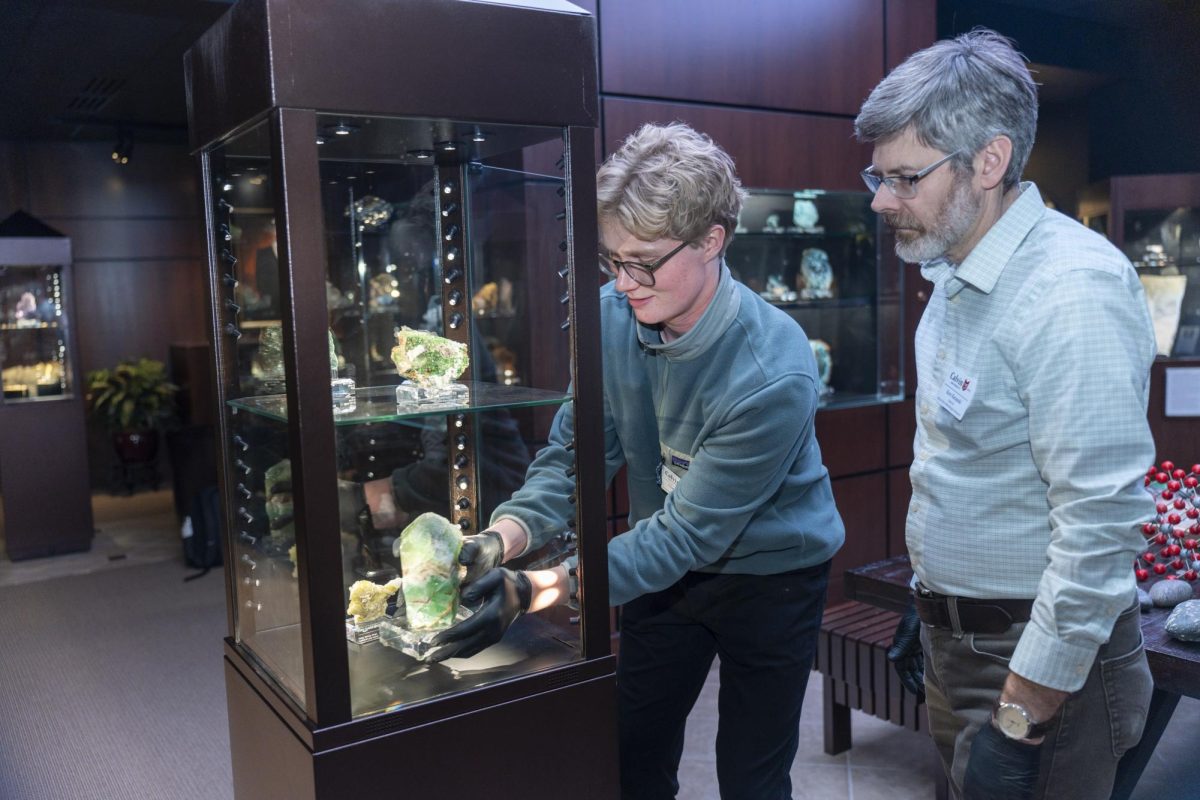
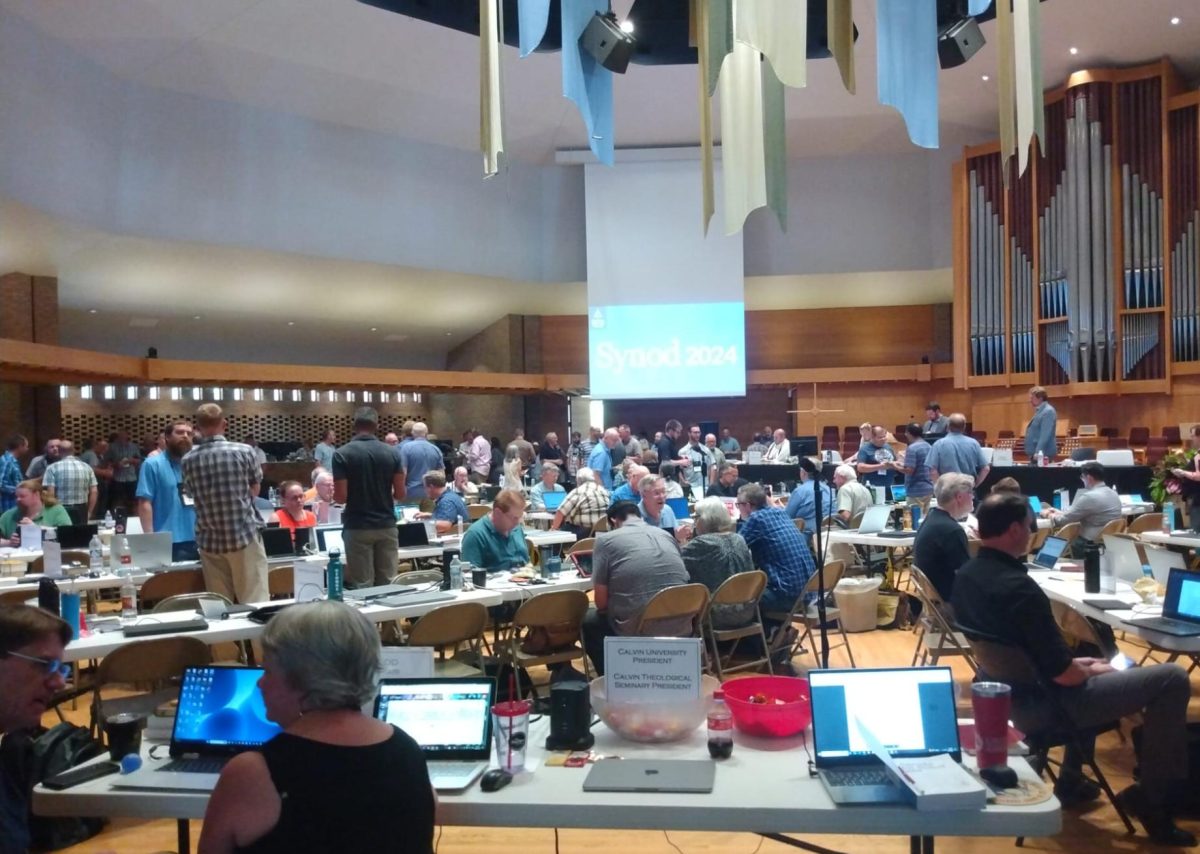
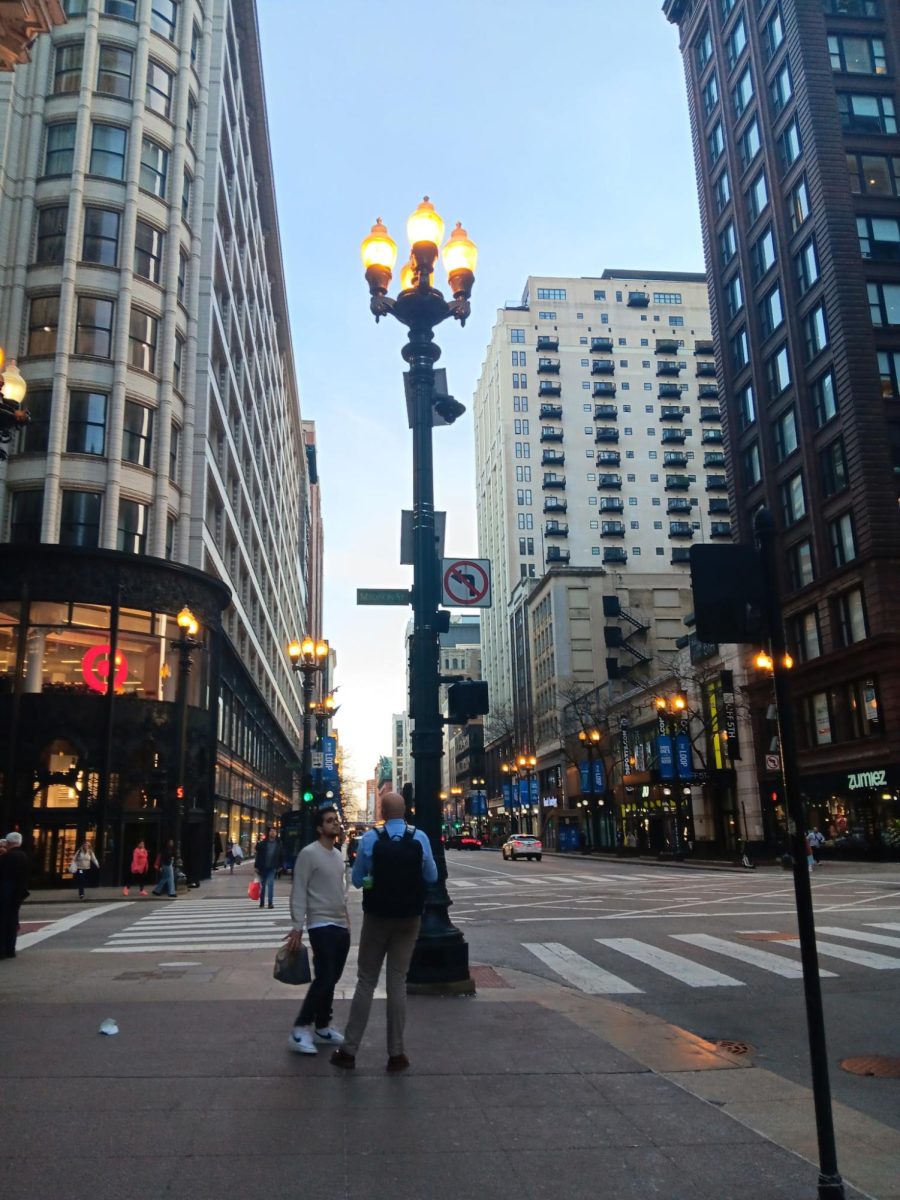
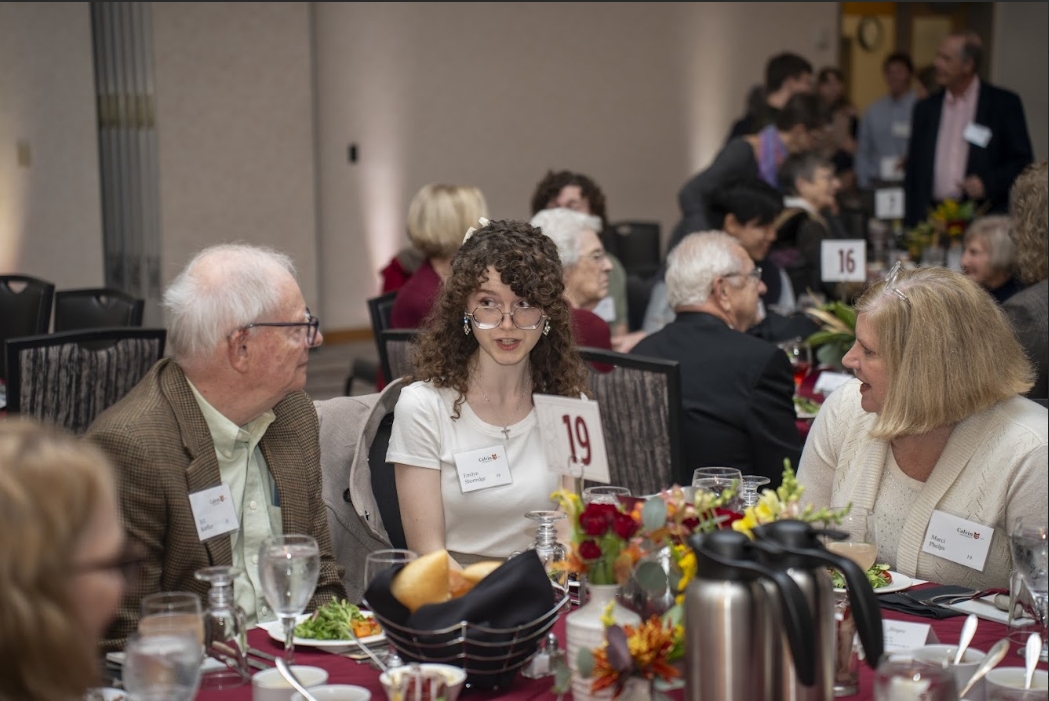
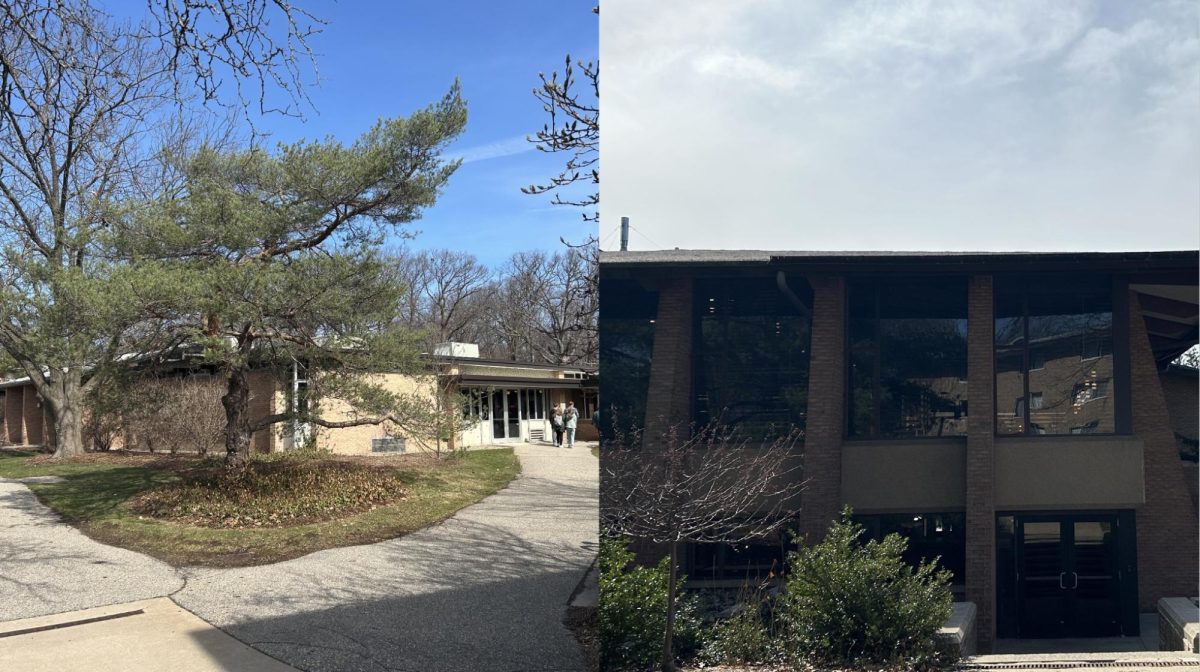
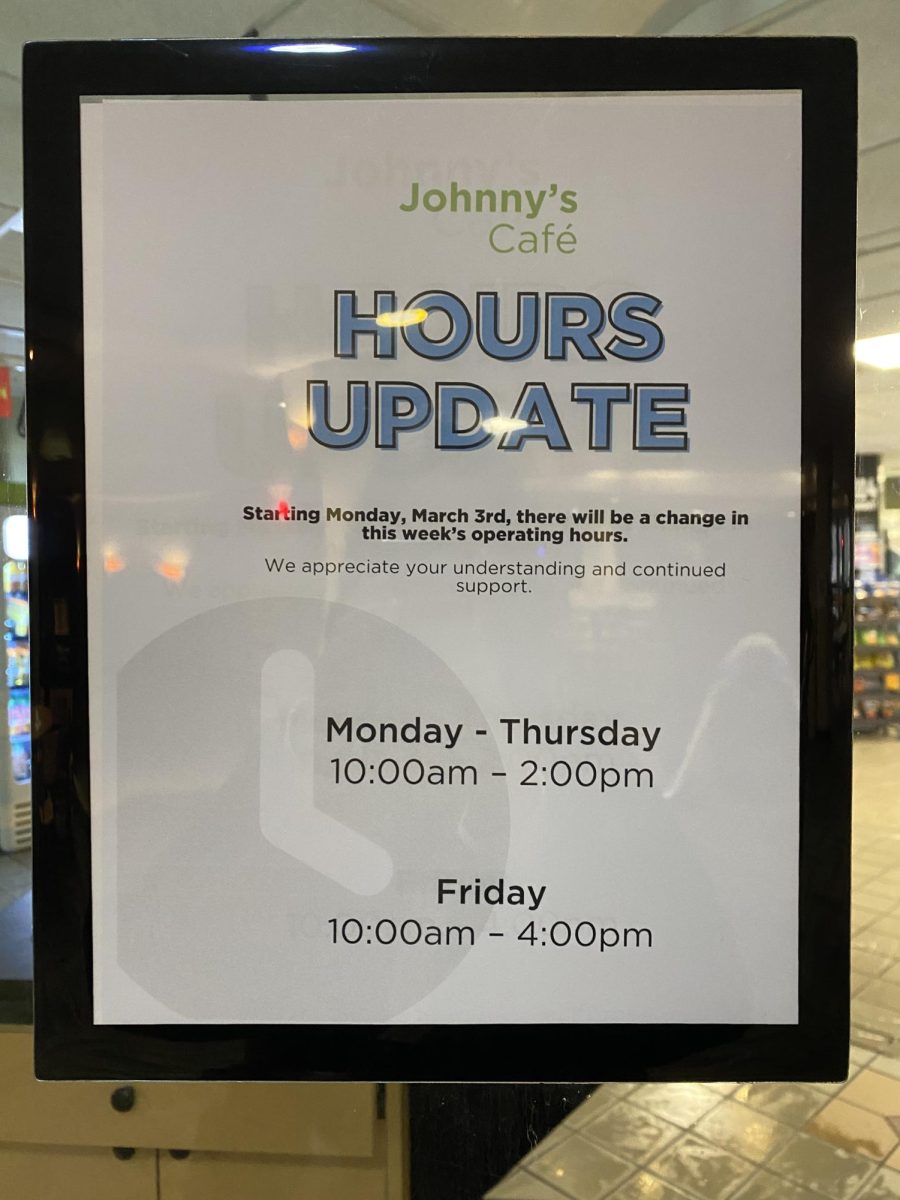





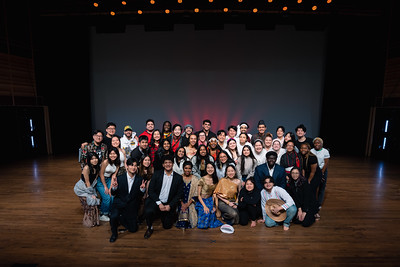
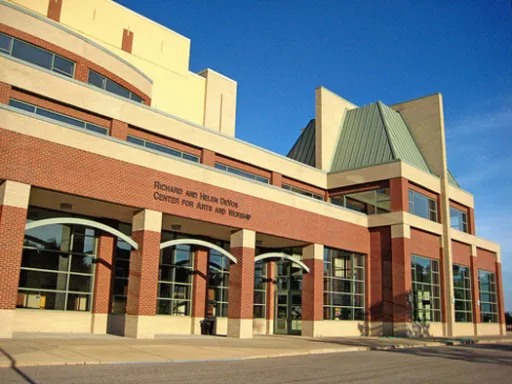
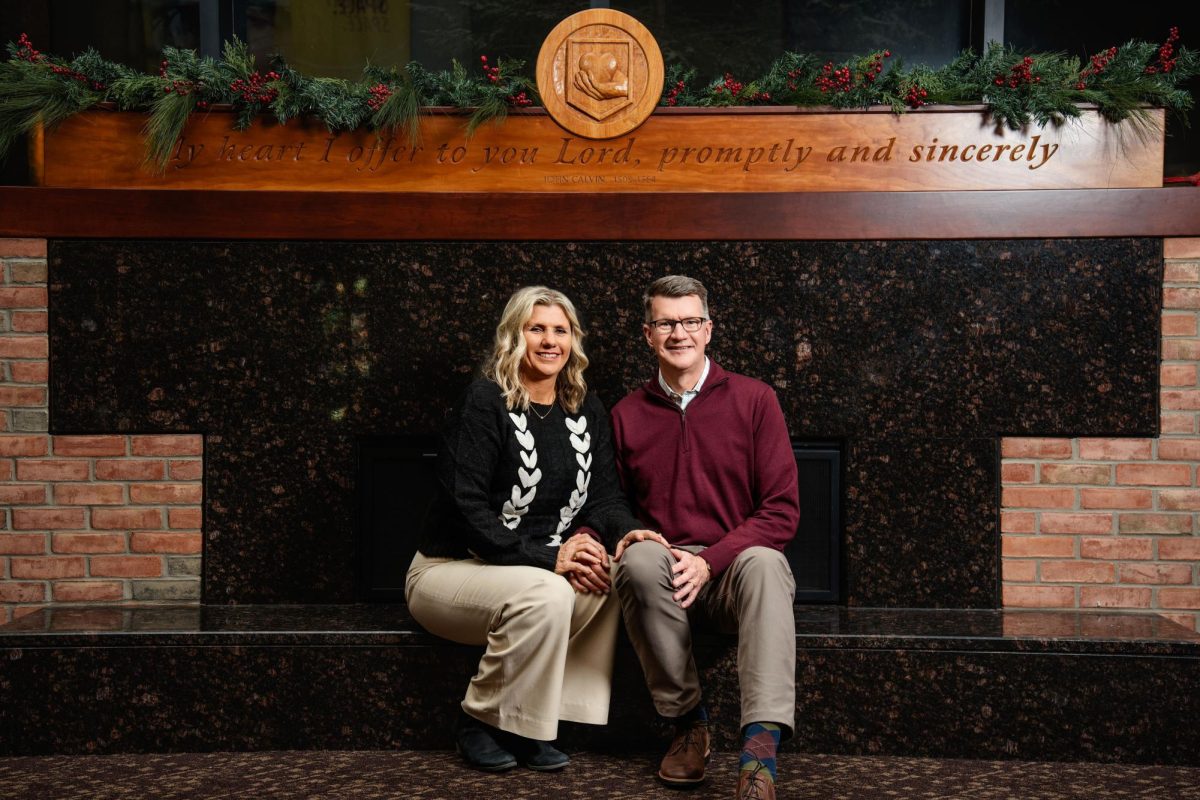
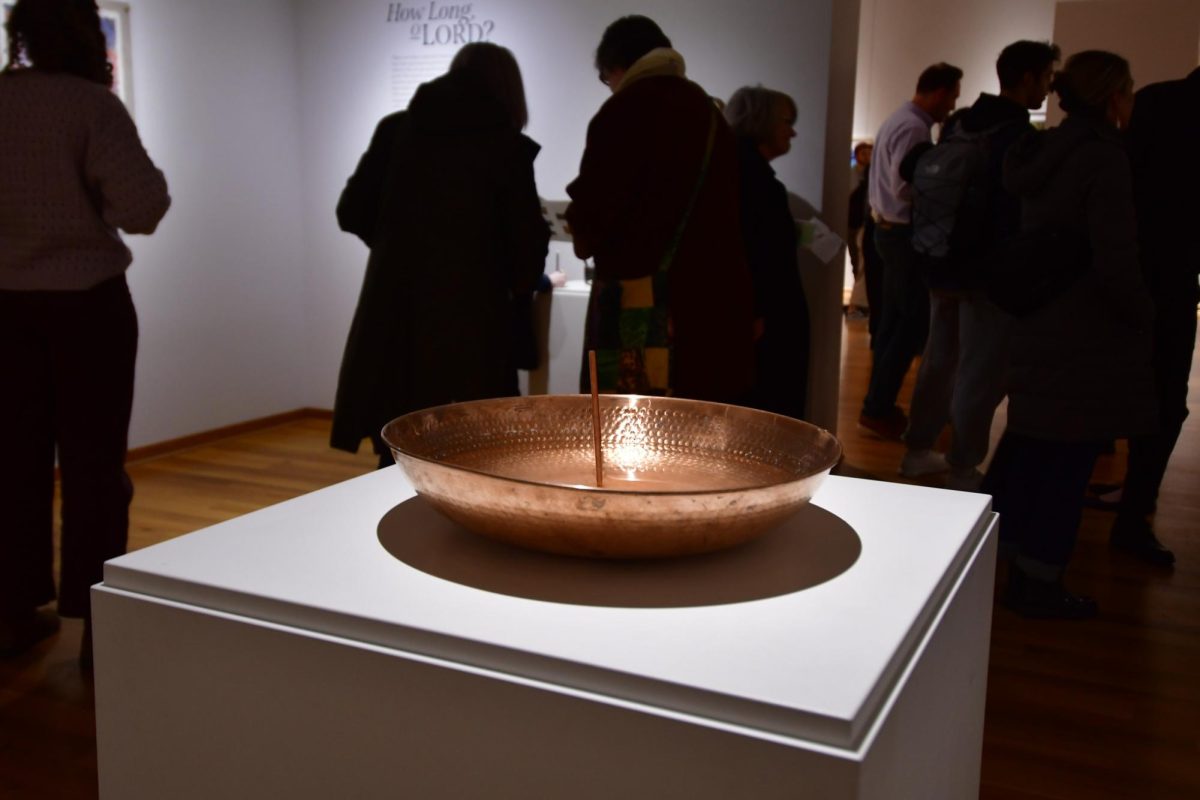
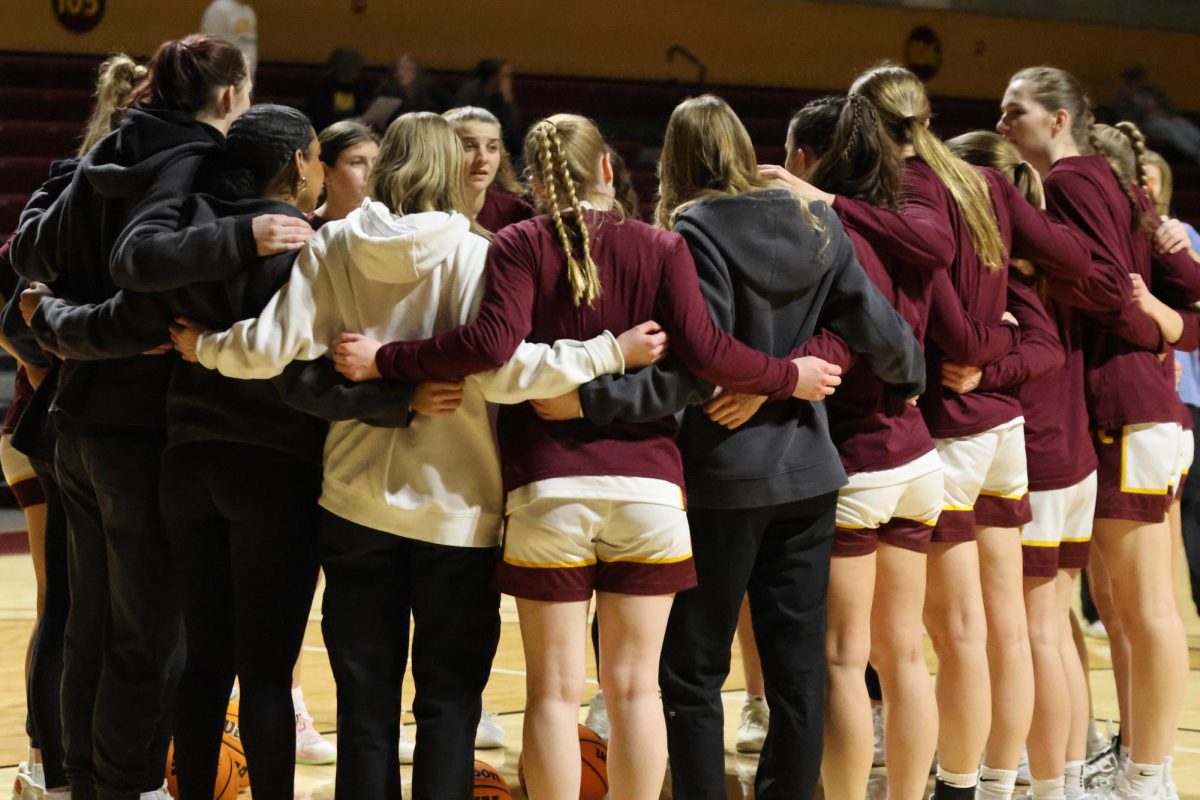
Jillian Herlinger • Feb 28, 2024 at 11:49 am
The Dice Museum is such a special little nook of the University and filled with people who care about it deeply! Such a fantastic resource for GEO students and the general public alike, and one I was deeply grateful for during my time at Calvin